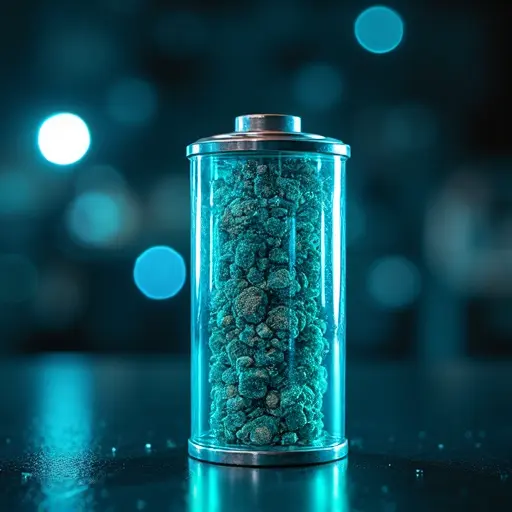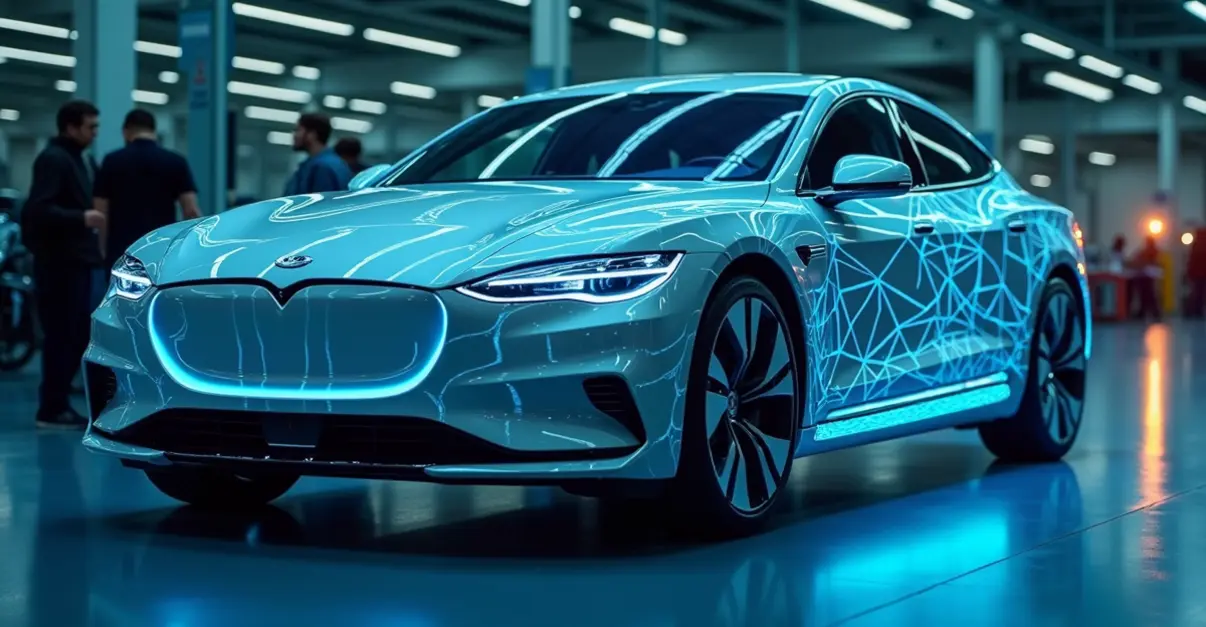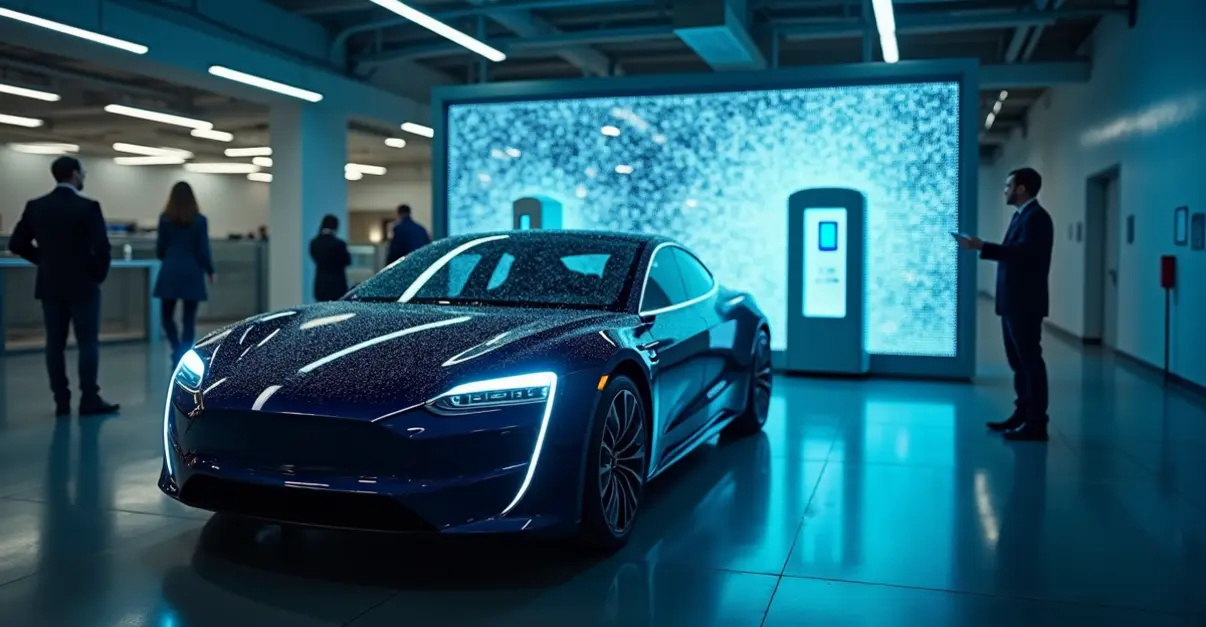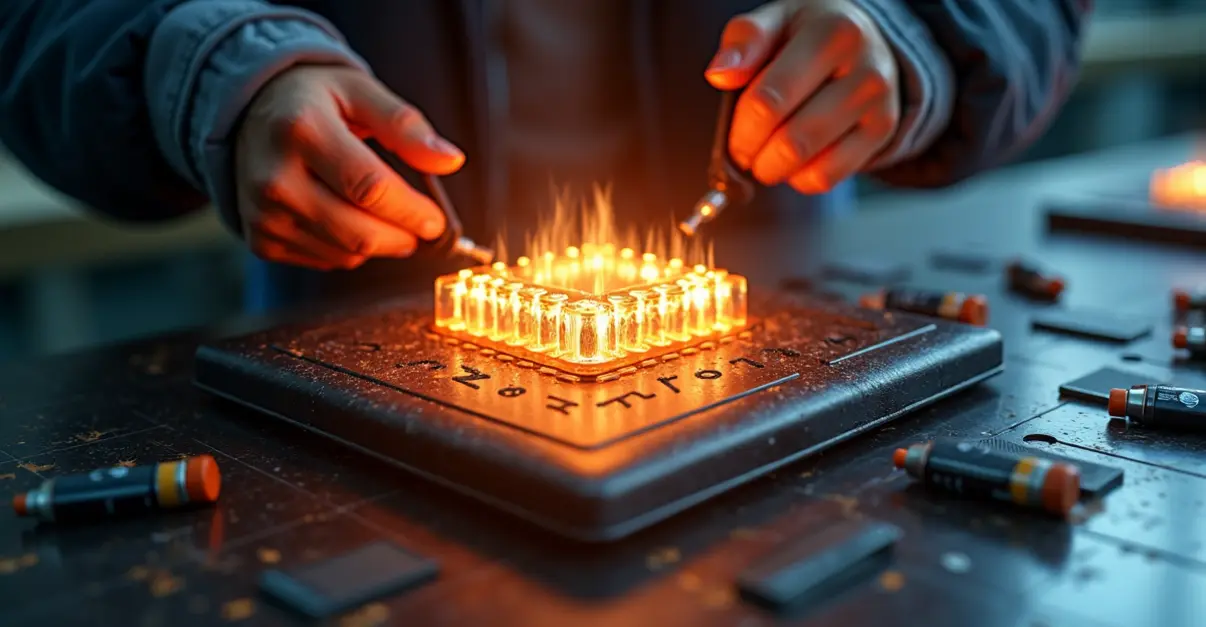Solid state batteries offer revolutionary safety improvements by eliminating flammable electrolytes, but face manufacturing challenges and high costs. Breakthroughs include self-healing interfaces and advanced polymers, with commercialization expected by 2030.
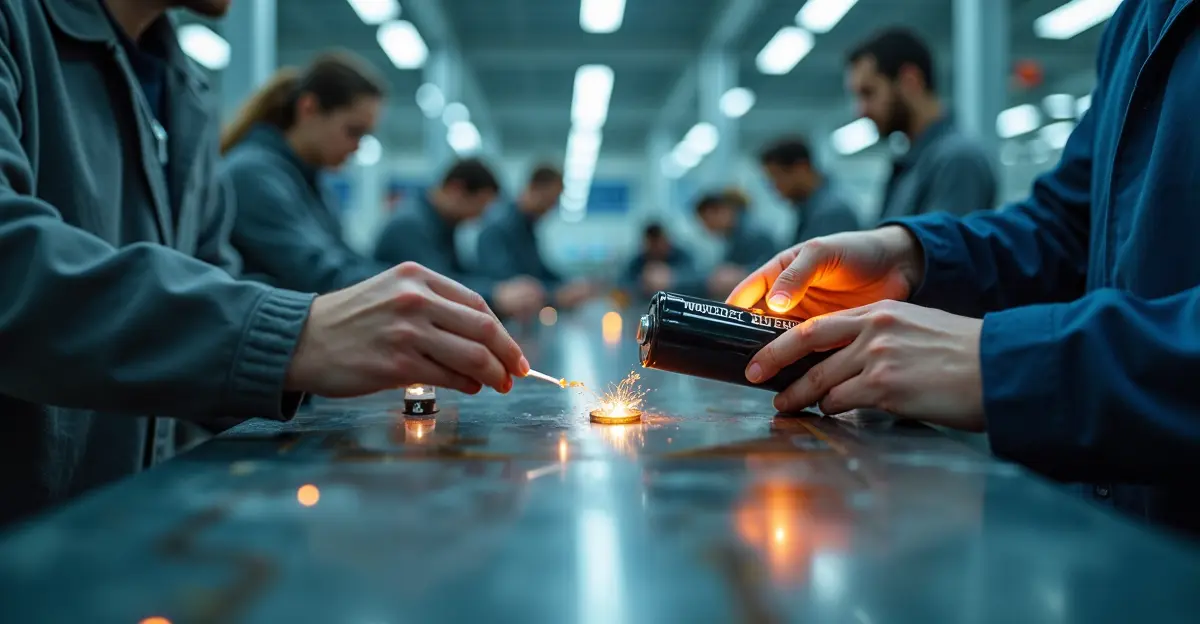
Revolutionary Advances in Solid State Battery Technology
Solid state batteries are emerging as the next frontier in energy storage, promising to transform everything from electric vehicles to consumer electronics. Unlike conventional lithium-ion batteries that use flammable liquid electrolytes, solid state batteries employ solid materials that dramatically improve safety while potentially doubling energy density. 'This technology represents a quantum leap in battery safety and performance,' says Dr. Sarah Chen, a materials scientist at Stanford University. 'We're finally solving the fundamental safety issues that have plagued lithium-ion batteries for decades.'
Safety Breakthroughs Through Advanced Materials
The most significant safety advantage of solid state batteries comes from eliminating flammable liquid electrolytes. Recent research has focused on developing solid electrolytes that can conduct lithium ions as effectively as liquids while maintaining stability. Researchers at the FAMU-FSU College of Engineering have made breakthroughs with precision polymer blends that could accelerate the creation of safer, high-energy density lithium metal batteries. Their work with polyethylene oxide (PEO) and charged polymers reveals how minimal charge amounts dramatically affect material mixing, enabling more efficient materials design.
Another critical safety innovation comes from Chinese researchers who developed a self-healing interface that works like a liquid seal. This technology uses dynamically adaptive interphases where iodide ions migrate to fill tiny pores between anode and electrolyte, maintaining contact without heavy external pressure. 'This self-healing capability could prevent the dendrite formation that causes short circuits in conventional batteries,' explains Professor Li Wei from the Chinese Academy of Sciences.
Commercialization Challenges and Manufacturing Hurdles
Despite the promising safety improvements, solid state batteries face significant commercialization challenges. Manufacturing these batteries at scale remains a major obstacle, with current production costs reaching as high as US$100,000 per 20 Ah cell. The complexity of producing solid electrolytes with consistent quality and the need for new manufacturing techniques contribute to these high costs.
Different regions are pursuing various approaches to overcome these hurdles. China is aggressively scaling up production with companies like CATL and BYD targeting 2027-2030 timelines. Japan leads in patents with Toyota holding over 1,300 solid state battery patents and targeting 2027-2028 mass production. 'The manufacturing learning curve is steep, but we're making progress every quarter,' says Toyota's Chief Technology Officer, Masahiko Maeda.
Startups like QuantumScape and Solid Power have established pilot production lines, with QuantumScape beginning to ship multi-layer prototype cells to automotive partners. Their 'Cobra' process for roll-to-roll ceramic electrolyte production represents a significant manufacturing advancement.
Performance Improvements and Future Outlook
The performance benefits of solid state batteries are substantial. They promise energy densities of 300-500 Wh/kg - potentially double the capacity of current lithium-ion batteries. This could enable electric vehicles to achieve 1,000+ km ranges on a single charge. Harvard University researchers have demonstrated composite silicon anodes achieving 10-minute charging and over 6,000 cycles while retaining 80% capacity.
According to industry roadmaps, prototype demonstrations in vehicles are expected by 2027, with large-scale commercialization targeted for 2030. 'We're at the inflection point where laboratory breakthroughs are starting to translate into manufacturable products,' notes Dr. Maria Rodriguez, a battery industry analyst. 'The next three years will be critical for proving commercial viability.'
While the fundamental science is proven, the main challenges now involve manufacturing these batteries at scale and competitive costs. Solid state batteries must still compete with the mature and optimized lithium-ion industry that has a 30-year head start. However, with major automotive companies and startups investing billions in development, the transition to solid state technology appears increasingly inevitable as safety concerns and performance demands continue to grow.

 Nederlands
Nederlands
 English
English
 Deutsch
Deutsch
 Français
Français
 Español
Español
 Português
Português




